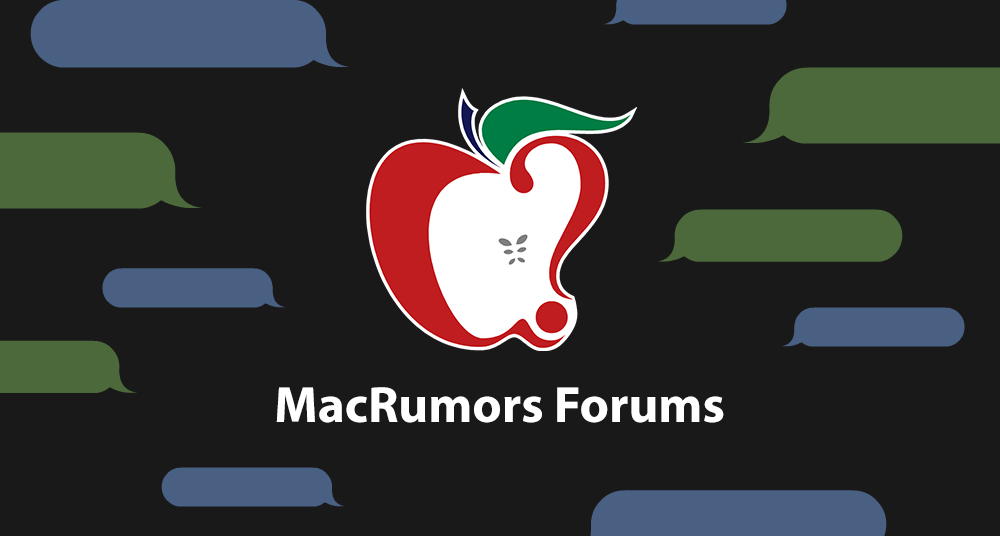Hello. So I have been getting into amateur video diue to the pandemic, and @Boyd01 mentioned in another thread of mine that Adobe has a 90-day free trial of Final Cut Pro, but that it likely requires a newer OS than macOS Sierra which is what I am running.
I have another 2015 Retina MBP that has been sitting idle for the last 2 years and has never been used.
Maybe I could turn that into my video laptop? (Which would be good, because I just filled up my SSD on my primary Retina and can't finish downloading picture off of my iPhone!)
I think I have a CCC clone of the base install of Sierra.
So if I used that clone to bring my 2nd Retina online, then I have some questions about upgrading...
1.) Which OS would be the easiest to upgrade to , and the most practical for me to have? (I hear that Catalina is "bricking" people computers which would be the end of the world during the pandemic, so I'd prefer not to go with Catalina.)
2.) Which OS would be best for things like the Final Cut Pro 90-day trial?
3.) If I ugraded this 2nd Retina to a newer OS, could I roll things back if need be? (I recall hearing in the past that some OS if you upgraded to it, then it completely changed the file layout or something and it was a PITA to change things so you could go back to the old OS?!)
4.) Am I limited in what I can upgrade to since I have a clone of macOS Sierra?
Thanks.
I have another 2015 Retina MBP that has been sitting idle for the last 2 years and has never been used.
Maybe I could turn that into my video laptop? (Which would be good, because I just filled up my SSD on my primary Retina and can't finish downloading picture off of my iPhone!)
I think I have a CCC clone of the base install of Sierra.
So if I used that clone to bring my 2nd Retina online, then I have some questions about upgrading...
1.) Which OS would be the easiest to upgrade to , and the most practical for me to have? (I hear that Catalina is "bricking" people computers which would be the end of the world during the pandemic, so I'd prefer not to go with Catalina.)
2.) Which OS would be best for things like the Final Cut Pro 90-day trial?
3.) If I ugraded this 2nd Retina to a newer OS, could I roll things back if need be? (I recall hearing in the past that some OS if you upgraded to it, then it completely changed the file layout or something and it was a PITA to change things so you could go back to the old OS?!)
4.) Am I limited in what I can upgrade to since I have a clone of macOS Sierra?
Thanks.







